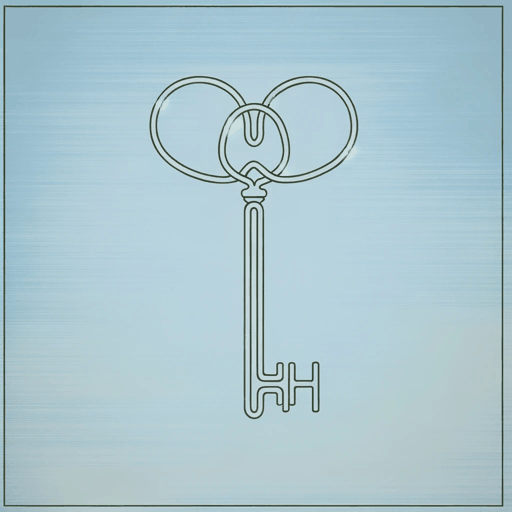50 pages • 1 hour read
Ahdaf SoueifThe Map of Love
Fiction | Novel | Adult | Published in 1999A modern alternative to SparkNotes and CliffsNotes, SuperSummary offers high-quality Study Guides with detailed chapter summaries and analysis of major themes, characters, and more.
Important Quotes
“Some people can make themselves cry. I can make myself sick with terror [...] I look at the stars and imagine the universe. Then I draw back to our galaxy, then to our planet—spinning away in all that immensity. Spinning for dear life. And for a moment the utter precariousness, the sheer improbability of it all overwhelms me. What do we have to hold on to?”
(Chapter 1, Page 10)
Amal’s fears are answered by the process of her storytelling. The question of what we “have to hold on to” suggests the difficulties of finding the meeting-places between people who might otherwise seem remote—whether in time, place, culture, or just in the difficulty of one human trying to connect to another. This image of the planet as both small and precarious sets the stage for an examination of connectedness.
“I am obsessed with Anna Winterbourne’s brown journal. She has become as real to me as Dorothea Brooke.”
(Chapter 2 , Page 26)
Soueif’s interest in the nature of reality is neatly condensed here. Dorothea Brooke, the heroine of George Eliot’s Middlemarch, is of course just as fictional as Anna Winterbourne, and as Amal herself, for that matter. Yet, fictional people and dead people have their own reality, different from the reality of the living.
“I walked to the museum and I went to see the paintings. I cannot pretend to a wholly untroubled mind—nor would it be proper now to have one—but I was able, once more, to take pleasure in the wondrous colors, the tranquility, the contentment with which they are infused. And I wondered, as I had wondered before, is that a world which truly exists?”
(Chapter 4 , Page 46)
This excerpt from Anna’s journal expands upon the book’s questions about the relationship of art to life. In her period of numbness and depression after her husband’s death, Anna cannot take any pleasure in the things that once made her happy. It is art—music, specifically—that at last allows her to fully feel her grief. However, she cannot feel an unequivocal delight any more in the otherworldliness of art; is its world truly accessible?

